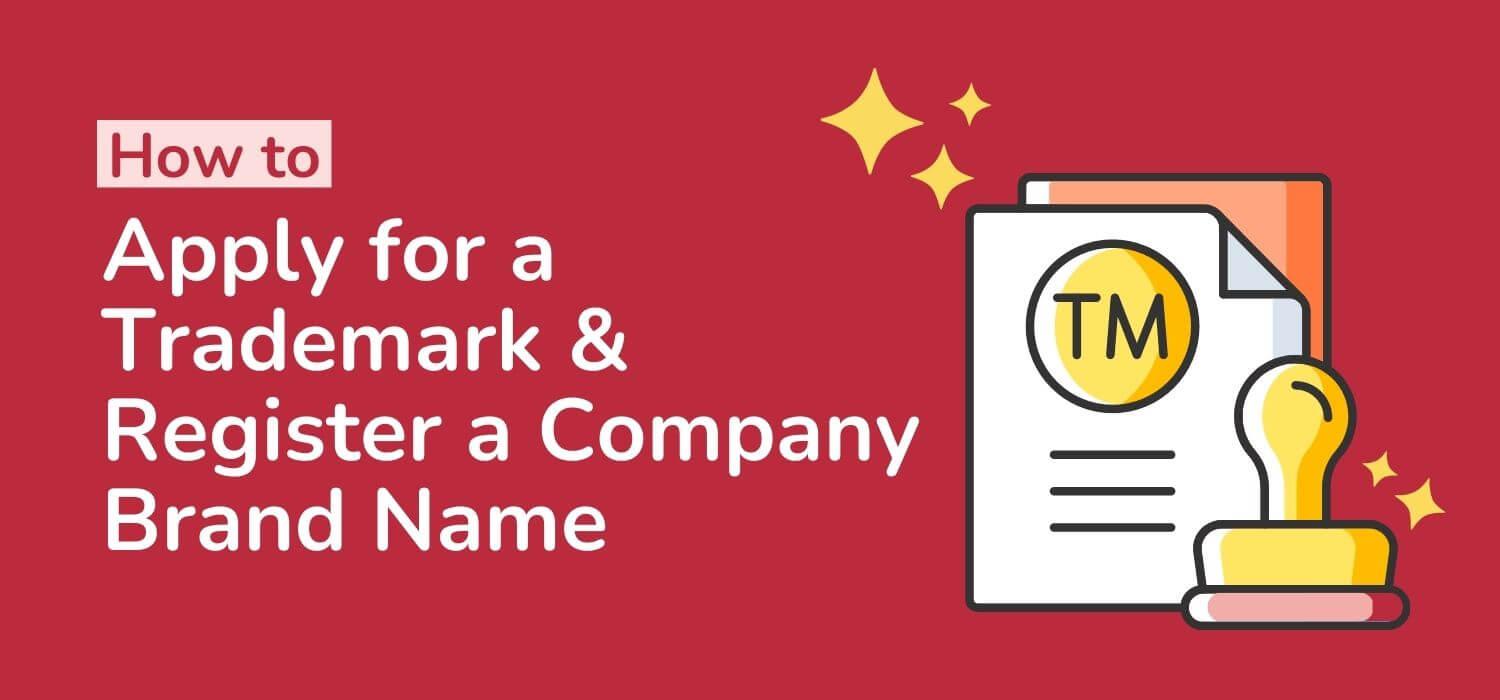
How to Apply for a Trademark & Register a Company Brand Name
Are you new to business? If so, learning the legalities of running one is a MUST!
There are a lot of business rules, practices, and terminologies to know, and it can get overwhelming.
For instance, you might wonder what a trademark is, what parts of the business you can trademark, and why small business owners need to register a trademark.
If you wish to learn all the answers and more, check out our ultimate guide about registering for a trademark.
What Is a Trademark?

A trademark, according to the United States Patent and Trademark Office (USPTO) is:
“A word, phrase, symbol, and design that distinguishes the source of the goods of one party from those of the others.”
In summary, a trademark identifies a brand or product as UNIQUE from others in the industry.
We encourage registering for a trademark as soon as possible. You can trademark the following business assets:
- Logos and branding designs
- Company names and brand names
If you register trademarks, you have the right to take action to protect your business's intellectual property in case other entities misrepresent or use your brand without your consent.
The help of a trademark attorney can expedite the registration process.
What Is Common Law Ownership?
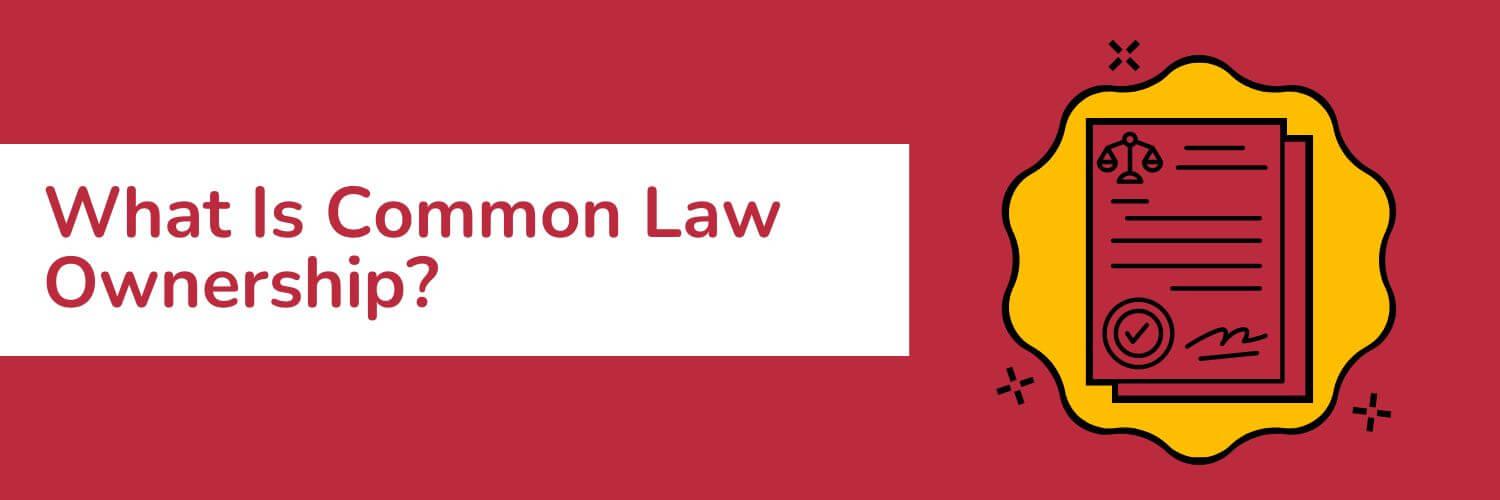
As you are just starting your business operations, you automatically have "common law rights" of your business name.
The limitation of common law ownership is that your business name is only protected in the geographic area where you are operating.
Once you register your business name as a trademark with the United States Patent and Trademark Office (USPTO), your name and intellectual property rights are protected NATIONWIDE.
In the case of federal trademark registrations, it is now possible for you to file for a trademark infringement lawsuit at the federal court when necessary.
This cannot be performed at a common law ownership level.
What Are the 7 Steps to Trademark Your Business?
Fortunately, the trademark application process is pretty straightforward. It can be done in a few simple steps.
But the entire process, including waiting for approval, may take six months or more.
The filing fees can go as low as 250€, but this can go higher depending on the classes applied for and if a lawyer is employed.
Check out our step-by-step guide on how to register a trademark.
Step 1 - Decide If You Need a Trademark Registration
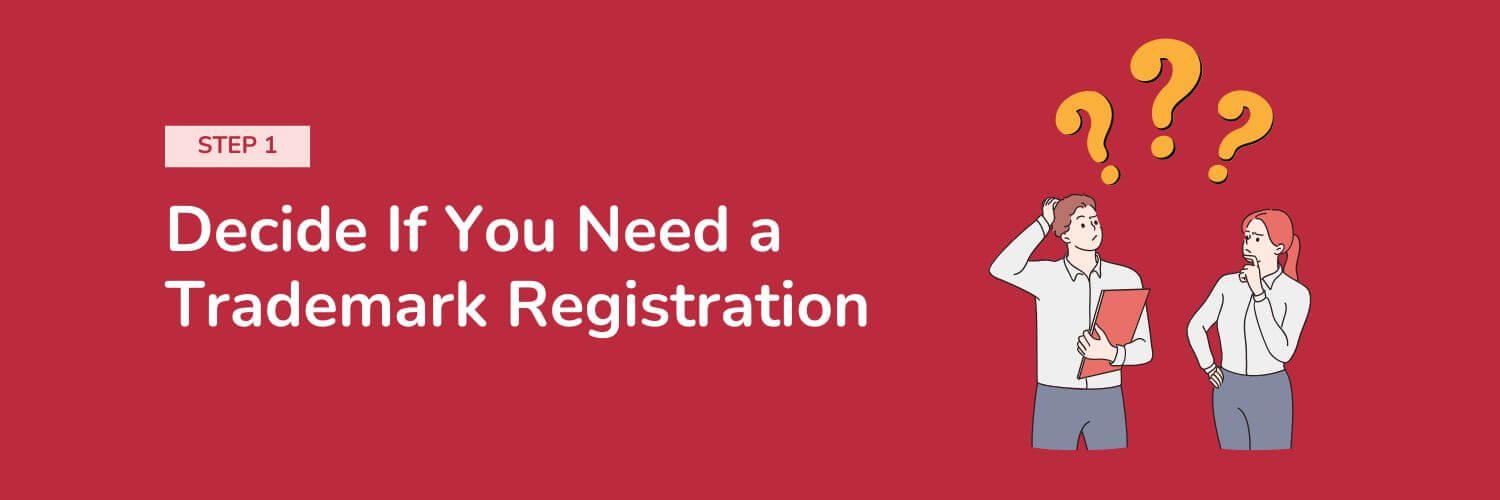
Registration of a business name automatically provides limited trademark protection.
This trademark use can only extend up to the local geographic area if not registered with the USPTO.
If you want your business name and other assets to be protected nationally, hire an attorney to file a trademark registration.
Additionally, sending your trademark to the U.S. Customs and Border Protection database prevents the infringement of goods from being imported into the U.S.
Step 2 - Search for Existing Trademarks

You must search the federal database to see whether the desired name you want to be registered is NOT an existing trademark.
You can search with the USPTO’s Trademark Electronic Search System (TESS).
We recommend searching for variations and similar names too. A similar name already registered within the same class can also lead to application rejection.
Step 3 - Prepare an Application

After your search is done and you've verified that your name is not yet taken, you will need to prepare your application.
This process requires the following information:
- Name, citizenship, address, and personal details of the filing entity. (Individual or Business)
- The name you want to protect. (specifying the mark format)
- Trademark classes to register in.
Mark Format
You must identify your mark format.
It can be a standard character mark, a design/stylized mark, or a sound mark.
A standard character trademark, also known as a word mark, is where a trademark has words, letters, and numbers with NO DESIGN elements.
It does not claim any font, size, or color.
Registering a trademark of this format protects the word in all visual displays appearing in a logo, design, or as is.
A design mark identifies your goods or services with words and letters with a specific stylized appearance or design element.
You can protect a logo with or without words with this mark.
Finally, a sound trademark protects sounds that distinctly identify your company. A common example would be the lion's roar for MGM.
Trademark Classes
Your trademark protects you only in the classes you identified on your application. You can register in more than one class but must pay additional fees.
To know which classes you belong to, search the USPTO's Trademark ID manual online and encode the description of your goods or services.
If there is an accurate description of your product in the search results, copy it verbatim at the Trademark Electronic Application System (TEAS).
There are 34 classes for goods and 11 for services.
They can be overwhelming initially, but it is best to check ALL the classes in which you can register your trademark.
Step 4 - File the Application
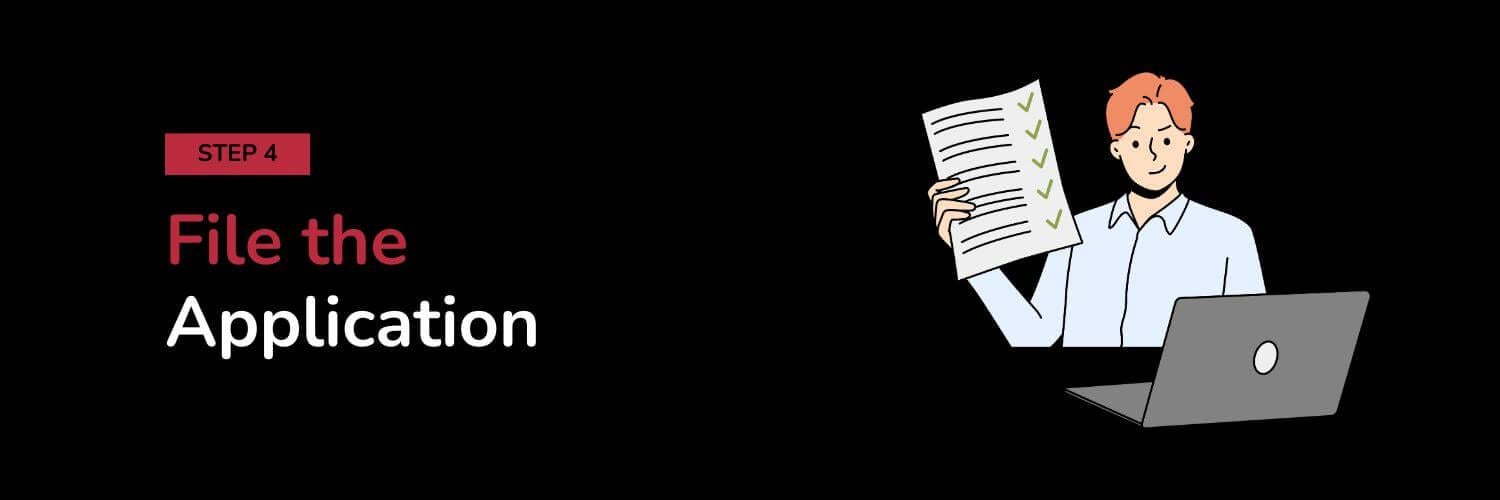
You must specify whether your filing basis is "in commerce" or "intent to use."
"In commerce" means you already use your mark in business operations across state lines or internationally.
If you already have a foreign registration, you can use this as a basis for registering your trademark in the United States.
"Intent to use" means you plan to use your mark within the next three or four years. You must start using your mark and provide evidence before it can be registered.
There are two filing options: the TEAS Standard or TEAS Plus.
The standard TEAS application requires you to write your descriptions, while TEAS Plus requires you to use descriptions from the Trademark ID manual.
After filing with the United States Patent and Trademark Office, you should receive a filing receipt with a serial number as a reference.
Step 5 - Receive Approval/Denial
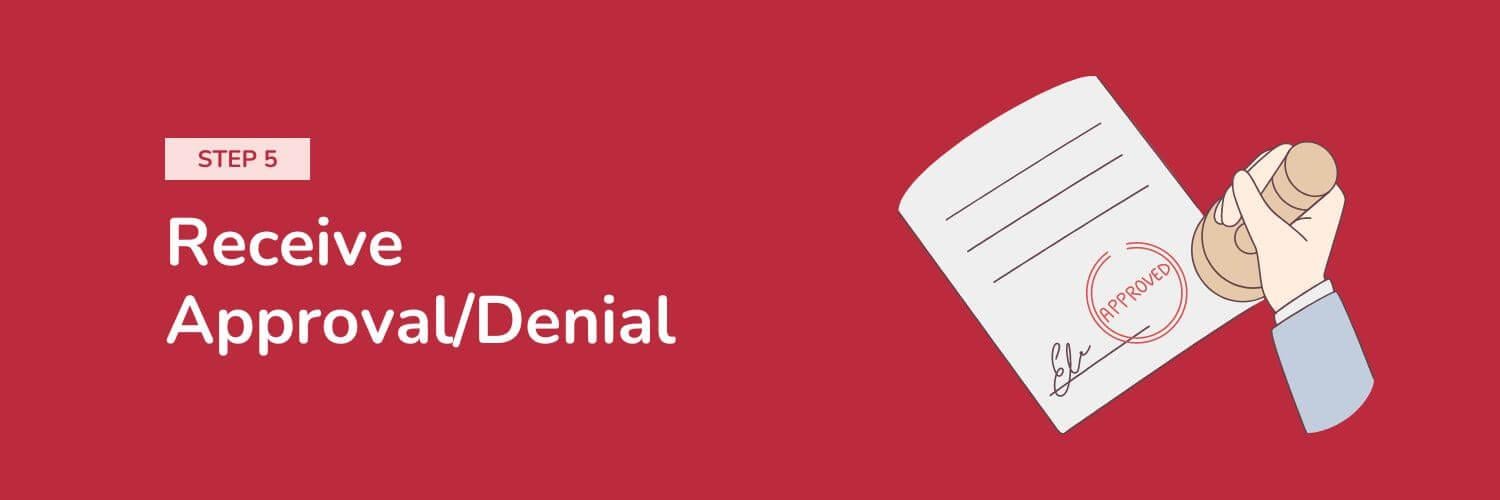
Applications made through the Trademark Electronic Application System (TEAS) are uploaded into the USPTO's Trademark Status and Document Retrieval (TSDR) system within four to five business days.
If the examining attorney approves your application, the USPTO office action is to publish your trademark on the trademark official gazette.
This office action also allows anyone to oppose it for 30 days after the publication date. This is through a notice of allowance (NOA).
It would be best if you keep monitoring this!
It is even possible for the opposition to file for an extension to oppose in a post-notice of allowance if necessary.
If without opposition, your trademark will go through the registration process. If your mark is opposed, hiring a trademark lawyer to defend the trademark will be necessary.
Step 6 - Use Your Trademark Regularly

You must CONSISTENTLY use your appropriate trademark indicator (™ and ® symbol) and take legal action when other entities infringe on your registered mark.
In trademark law, failing to take action to protect your mark can lead to DILUTION. You could no longer claim exclusive rights over your original registered mark.
When you do not involve an attorney to file an infringement case, it is equivalent to accepting that many people in the industry use the same name as yours.
In short, your name can no longer be considered unique.
After going through the long registration process, you might use it at all costs.
Step 7 - Maintain Your Registration
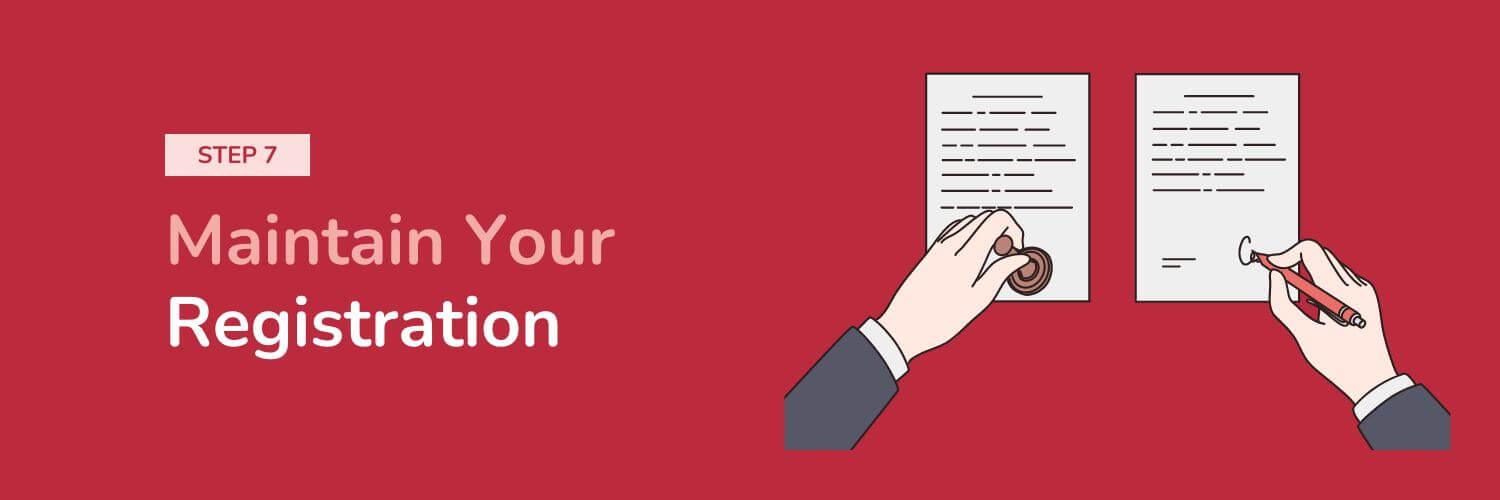
After receiving your registration certificate of approval, you must keep it "live."
This means you file the necessary maintenance documents, or else your registration will expire and get canceled.
If this happens, you will need to submit a new application and begin the registration process again from the beginning, which is a hassle.
There is NO GUARANTEE that even when you've previously registered and were approved, your new application will be approved too.
What Are the Different Types of Trademarks?
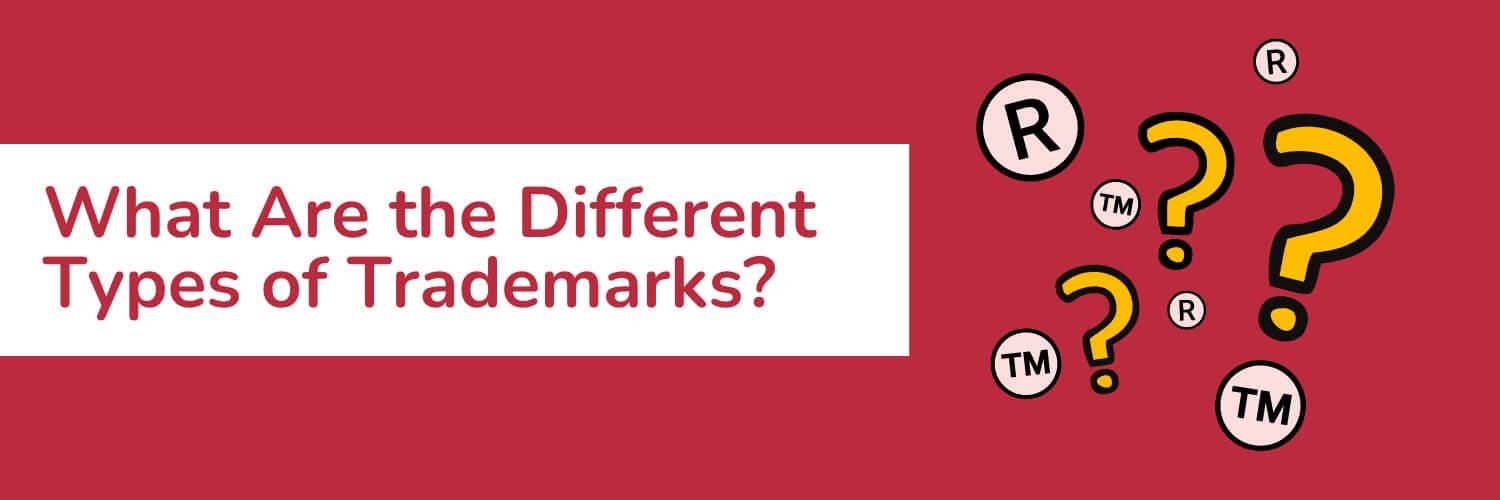
As mentioned earlier, a trademark provides legal protection for a word, symbol, phrase, logo, design, or combination. These represent goods and services.
The following are the types of trademarks you can apply for:
Generic Mark
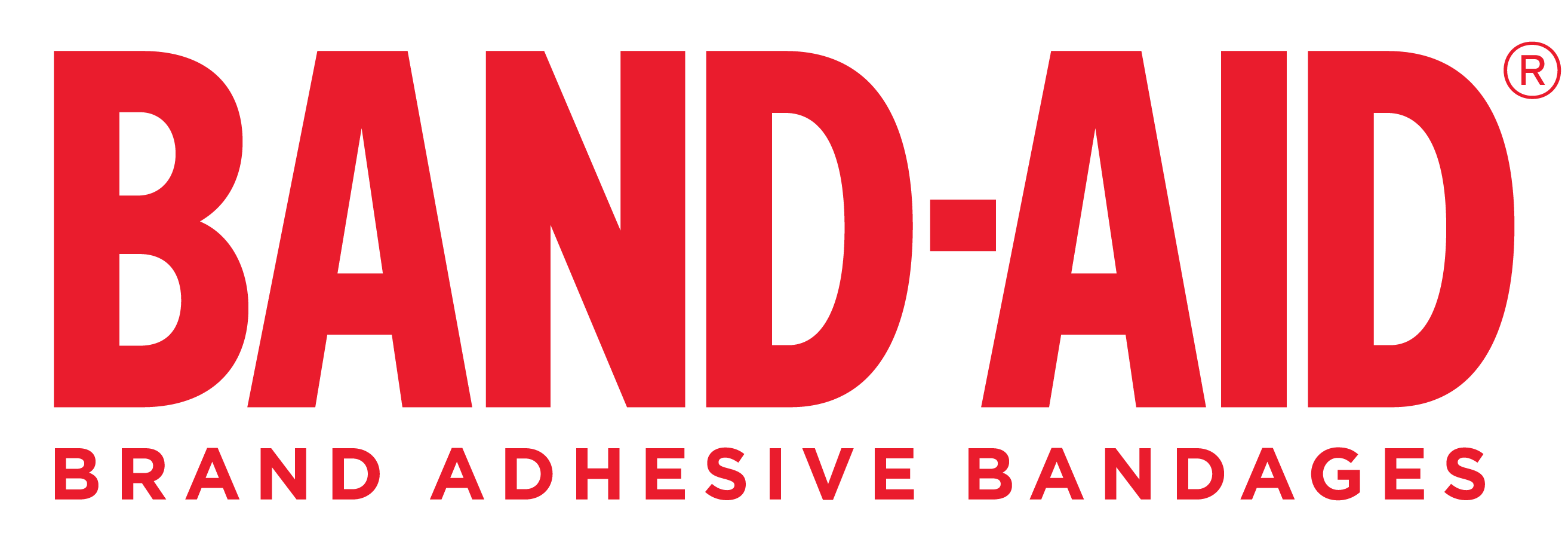
A generic mark for a trademark must describe in detail the qualities, characteristics, or ingredients of the product your business is selling.
You cannot simply trademark a phrase like “The Tea Shop.” This would restrict all other shops selling teas.
Famous genericized trademarks for being interchangeably used for the general product and the brand are Aspirin, Band-Aid, Velcro, Thermos, and Kleenex.
Descriptive Mark
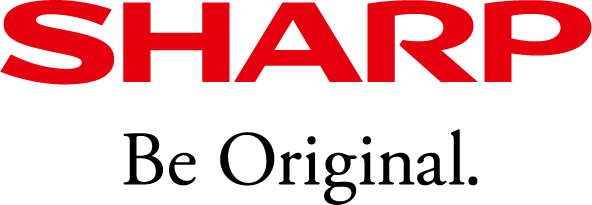
A descriptive mark identifies one or more product or service characteristics covered by the mark. It should only serve to describe the product.
Descriptive marks are not eligible for trademark registration. However, descriptive marks with secondary meanings can be.
An example of a descriptive mark with a secondary meaning is Sharp (the word is descriptive but refers to the television brand).
Suggestive Mark

A suggestive mark means a customer must use their imagination to distinguish the company's service or product.
These trademarks only give hints about the aspects of the goods but don’t describe them exactly.
Suggestive marks typically qualify for trademark protection even without secondary meaning.
A successful online streaming service, Netflix, is a good example of this trademark category. “Net” is suggestive of the internet, and “Flix” is suggestive of movies.
Fanciful Mark
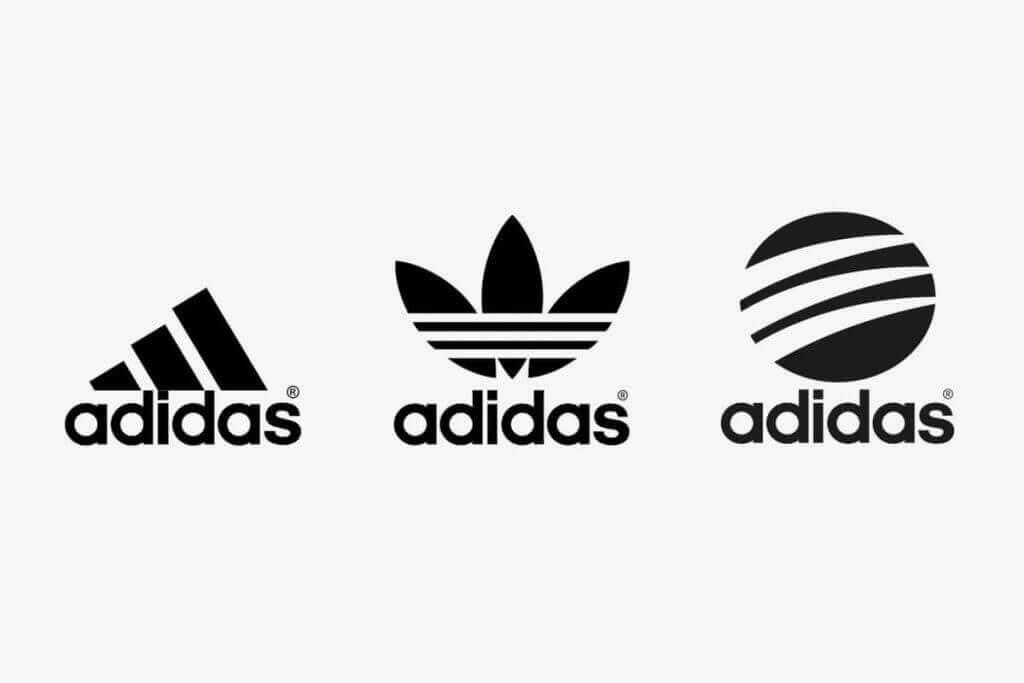
A fanciful mark is a term, name, or logo that differs from anything else. These often don’t have any meaning other than their brand name.
This is perhaps the EASIEST trademark to obtain since it is less likely to compete with anything else. It will not become generic, either.
Kodak, Nike, and Adidas are famous examples of fanciful marks. They do not mean anything else in the common language.
Arbitrary Mark

Arbitrary marks include terms or phrases with known meanings, but the meaning in its case is completely different.
The best example of an arbitrary trademark is Apple.
Apple, in general, is a fruit. But as a business, it is known to manufacture computers and electronics.
Trade Dress

A trade dress identifies and protects features of a product or company, such as its distinct packaging elements, decor items, and other similar concepts.
Product features, in this case, are protected under trade dress protection and not under a type of trademark.
The most famous example of a trade dress is Coca-Cola’s bottle shape.
The visual appearance of the Coca-Cola bottle is very distinctive and memorable. You cannot simply separate the thought of the company from its look.
Service Mark
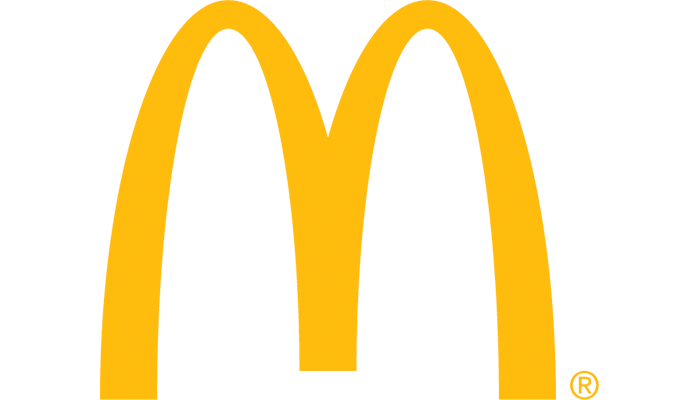
A service mark works the same as trademarks, except it distinguishes that a company provides services instead of products.
They still fall under the legal trademark laws and must be registered with the USPTO too. The difference is that they provide services!
McDonald’s is a well-known example of a service mark as it represents their fast food services.
Should You Go Through the Trademark Application Process?
The first thing you need to confirm is whether or not you qualify to register a trademark.
It might be possible that patents, copyrights, domain names, and business name registrations are more appropriate for you.
Trademarks protect brand names and logos used on products and services.
It is important to note that trademarks are different from patents. Patents are reserved specifically for technology or ideas.
Something patented cannot be used in another company’s products or services without the patenting company’s consent.
This is usually the case for inventions and technological advancements.
A trademark also differs from a copyright which refers to artistic works like music, art, and literature.
Someone cannot use or copy the copyright holder's work for profit without the copyright holder’s permission. Violation of a copyright is copyright infringement.
A trademark is not a domain name, either.
Domain names only require registering once, and it’s yours forever. Trademarks, on the other hand, need to be actively used and protected.
Also, the registration of a business name does not always qualify as a trademark.
But a name as a source of goods or services can qualify for trademark rights and to obtain a business permit.
For example, in the state where you will be operating your business, you must file documents to legally form a business entity like a limited liability company or corporation.
The same business name can be used to apply for trademark rights.
What Happens When You Have a Trademark?
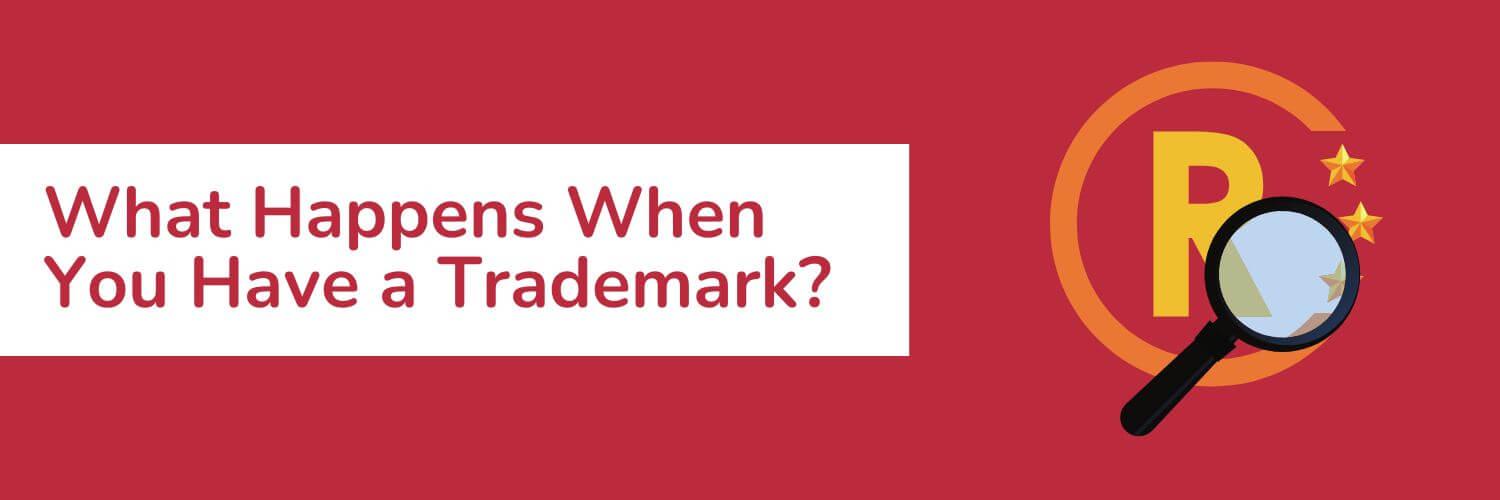
Registering a trademark gives the trademark owner EXCLUSIVE rights to use their name in their geographic area of operation and nationwide.
Regularly using your trademark discourages competitors from using the same registered name or recreating similar-sounding names to mislead people.
In other words, your business is protected under the law from these copycats!
There is also a sense of credibility when owning a trademark and being able to use the ® symbol next to your name legally.
Because of your legitimacy, this gives customers extra confidence in your goods and services.
Frequently Asked Questions (FAQs)
Do you need more information when it comes to registering a trademark? We've got you covered!
Can I Do a Trademark by Myself?
Yes, you can apply for a trademark by yourself. However, just because you can, it doesn't always mean you should.
Although you save a ton of money not having to spend on initial legal fees, filing a trademark application without the assistance of an attorney can result in later costlier consequences.
A trademark attorney understands the technical language and nuances of a government examining attorney, giving their clients the highest chance for first-time approval.
How Can I Trademark My Name for Free?
It is impossible to register a trademark for free. There will always be required fees involved.
Even if you decide to apply without a trademark attorney, you will still need to pay a small fee to cover the costs of an examining attorney, plus the processing fees of your trademark application.
How Much Does It Cost to Register a Brand in THE US?
The filing fee will cost you between $250 and $750 on a federal level through the USPTO. The trademark fees will depend on how many trademarks you seek to protect.
Conclusion
There is no disadvantage to registering for a trademark, only good things.
A lot of thought, effort, capital, and time goes into building a brand. Who wouldn't want legal protection and exclusive rights to them?
We hope our step-by-step guide on how to register your trademark was helpful. Protect your business name today!